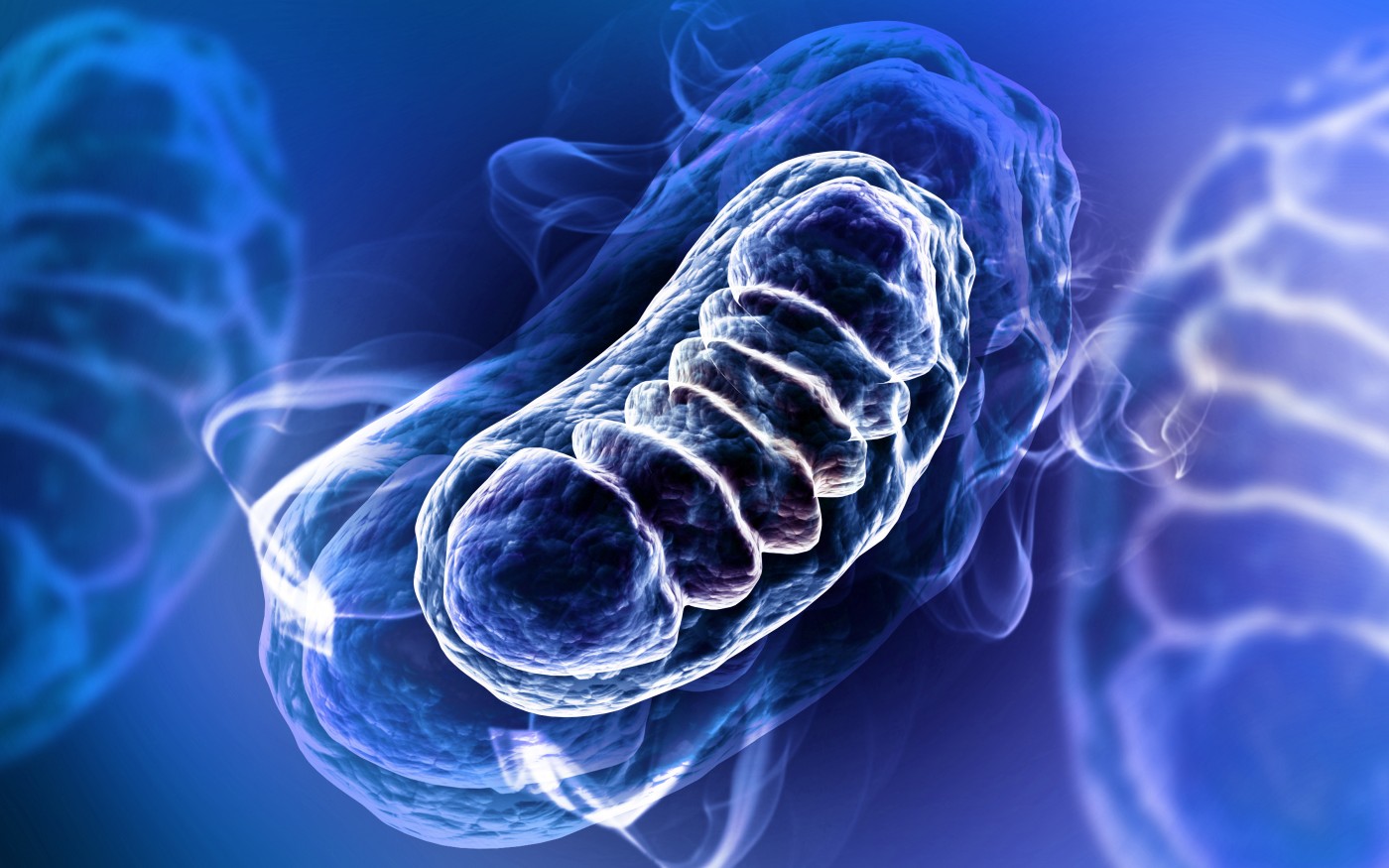Mitochondrial Repair Mechanisms Seen in Study, Offering Insights into Diseases

Researchers from the Salk Institute have unraveled molecular mechanisms behind mitochondrial fragmentation and re-assembly, a cellular mechanism that maintains healthy energy levels and protects cells from insults. The findings may have implications for disorders like mitochondrial disease, diabetes, cancer, and neurodegenerative diseases linked to dysfunctional mitochondria.
When mitochondria are subjected to damage in the form of environmental stress, toxins, or genetic mutations, the cell takes the mitochondria apart, removes the damaged pieces, and re-assembles the mitochondria. This process takes place at a low rate also under normal conditions, with one or two of the cell’s 100-500 mitochondria fragmenting and re-assembling at any given moment to replace damaged parts. When cells experience stress, such as exposure to poison, a mass fragmentation occurs.
Scientists have long known about this remarkable process that allows for a certain measure of repair to damaged cells. But they did not understand how the mitochondrial damage was sensed or the mechanisms that induced a mass-fragmentation event.
A team led by Dr. Reuben Shaw observed that when cells are exposed to mitochondrial damage, the enzyme AMPK sends a signal instructing the mitochondria to break apart.
AMPK, which can be seen as a cellular fuel indicator, is activated by the diabetes drug metformin. Exercise and a restricted diet are also known to activate the enzyme, indicating that these therapies work, at least in part, by promoting mitochondrial health.
Earlier research has shown that AMPK helps to recycle damaged mitochondrial pieces, and signals to the cell when to make new mitochondria.
Using the gene editing technique CRISPR to delete the gene coding for AMPK, the research team studied its biological significance. When they exposed cells to toxins or other kinds of stress, the mitochondria did not fragment, indicating that AMPK directly induces fragmentation.
The researchers then turned AMPK signaling back on, and to their surprise, they found that AMPK signaling was enough to cause the mitochondria to fragment, even without prior damage.
“I could not believe how black and white the results were. Just turning on AMPK by itself gives you as much fragmentation as a mitochondrial poison,” Dr. Shaw said in a press release.
The Salk team observed that when the mitochondria are disrupted, the amount of energy packs (called ATP) floating around a cell decrease. AMPK rapidly detects this reduction of cellular energy and activates a receptor on the outside membrane of a mitochondrion that tells it to fragment.
The team further found that AMPK starts the process by acting on two areas of a mitochondrial receptor, called a mitochondrial fission factor (MFF). MFF summons a protein — Drp1 — that binds and wraps around the mitochondrion to break it apart.
Researchers are now interested in exploring other consequences this signaling pathway might have. “On one hand, AMPK is known to be important for type 2 diabetes, immune disease, and cancer. On the other hand, mitochondrial dysfunction is becoming increasing connected to metabolic diseases and neurodegenerative diseases. We’re making some of the first steps in connecting these two things that have major disease implications,” concluded the study’s co-lead author, Dr. Erin Quan Toyama.
The study, titled “AMP-activated protein kinase mediates mitochondrial fission in response to energy stress“, was published in the journal Science on Jan. 15, 2016.






